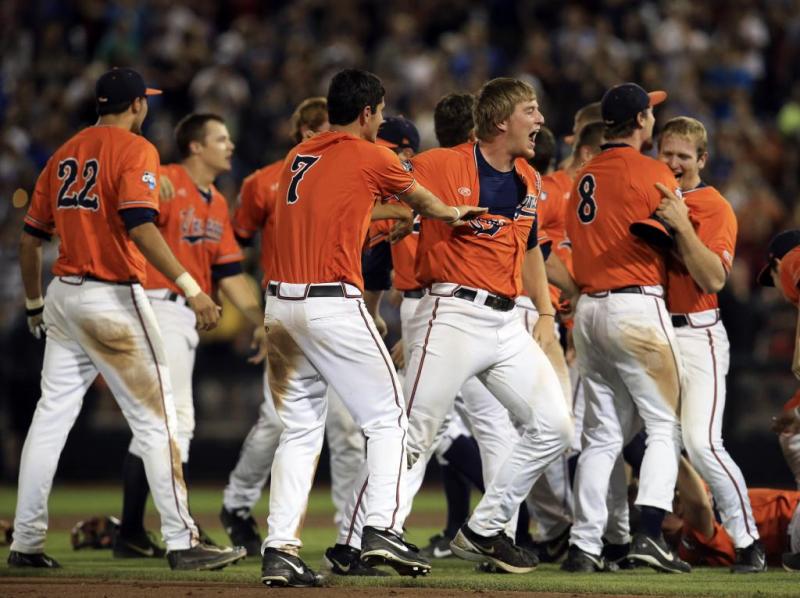How Similar is College Baseball and the MLB?
They may both be America’s greatest pastime, but college baseball and the MLB are two different beasts. There are many subtle nuances that lead to striking differences in the way the game is played between the two organizations.
However, the two are indisputably interlinked. College is the training ground for the vast majority of future MLB stars. These kids hope that one day their years of baseball will one day pay off, as they grab their bats and gloves they bought from a site like baseballmonkey.com or a local sports authority and hone their skills. Some major league teams even look to college recruits to interject new life into the lineup. In recent years the SD Padres have done just that by rebuilding their team through drafting college baseball players and making trades. This is happening as the city gets ready to host the upcoming All Star Game in July.
Without further ado, here is a rundown of the biggest similarities and differences between college baseball and the MLB.
Similarities Between College Baseball and the MLB
The Basics of the Game – The basics of baseball remain the same between college and the majors. There are still three outs on each side per inning, all nine positions are present and there are nine innings with extra innings in the event of a tie (except for the rare mercy rule games noted below). That said, there are a few rules in college baseball that don’t exist in the pros. For one, there is a no collision rule in college baseball, so you won’t see any hard knocks at the plate. And all colleges use the American League’s designated hitter rule.
The Ball – As of the 2015 College World Series, baseball is now almost identical between college games and MLB games. Previously college used baseballs with a raised seam of .048 inches, but after thorough studies the NCAA decided to officially put balls into play that have the flat .031 inch seam height.
Differences Between College Baseball and the MLB
The Bat – For many casual spectators, this is one of the most obvious differences between college baseball and professional baseball. College players are able to use an aluminum bat whereas only wooden bats are allowed in the MLB. An aluminum bat will typically hit balls faster, which is why there is controversy over their use in college games.
The World Series – The College World Series has been held in Omaha, Nebraska since the tournament began in 1950. For the first 60 years, the College World Series was played out on the field at Rosenblatt Stadium, but in 2011 the venue switched to TD Ameritrade Park Omaha. In the MLB World Series the best five out of seven games are played at the fields of the two participating teams. Another big difference is in the timing of the tournaments. The College World Series is held every June while the professional World Series takes place in October.
The Season – There are massive differences between the schedules of college baseball and the MLB. College has 56 games a year compared to the MLB’s astounding 162 games. The college season also starts earlier in mid-February, about six weeks before the pro season gets underway. The shortened season in college means there is less likelihood for injuries, star pitchers are played more often and the intensity of the game is at an all-time high.
The Mercy Rule – Unlike pro baseball where teams can rack up as many runs as possible, in college there’s the mercy rule. This rules states that if one team is up by 10 or more runs by the seventh inning that the game is over. The one exception is NCAA tournament games, which don’t end until the ninth inning or whoever gets the most runs in extra innings. Some conferences are also beginning to use the mercy rule only on Sundays during the regular season.
The Money – As the 1994-1995 strike proved, money is a big factor in major league baseball. In college, it’s a non-issue because no players are being paid. It’s all for the glory – and hopes of getting drafted into the MLB where players will get paid.
There are other smaller disparities between the two, but for the most part it’s the same enjoyable game. The way drafting goes, you may even get to see the same player within the two organizations from one season to the next.

